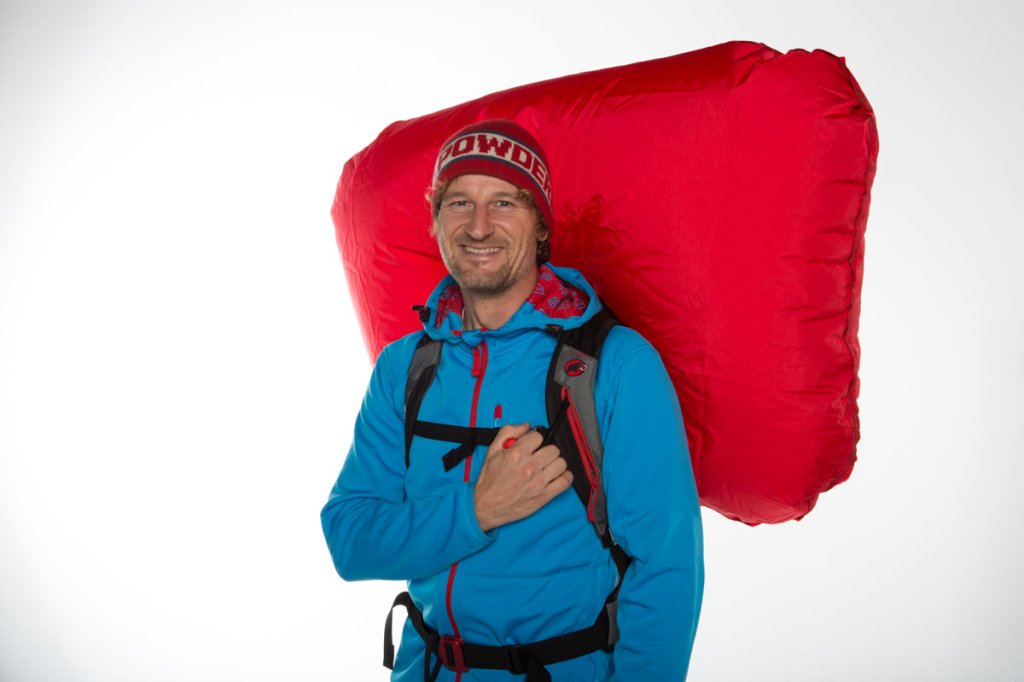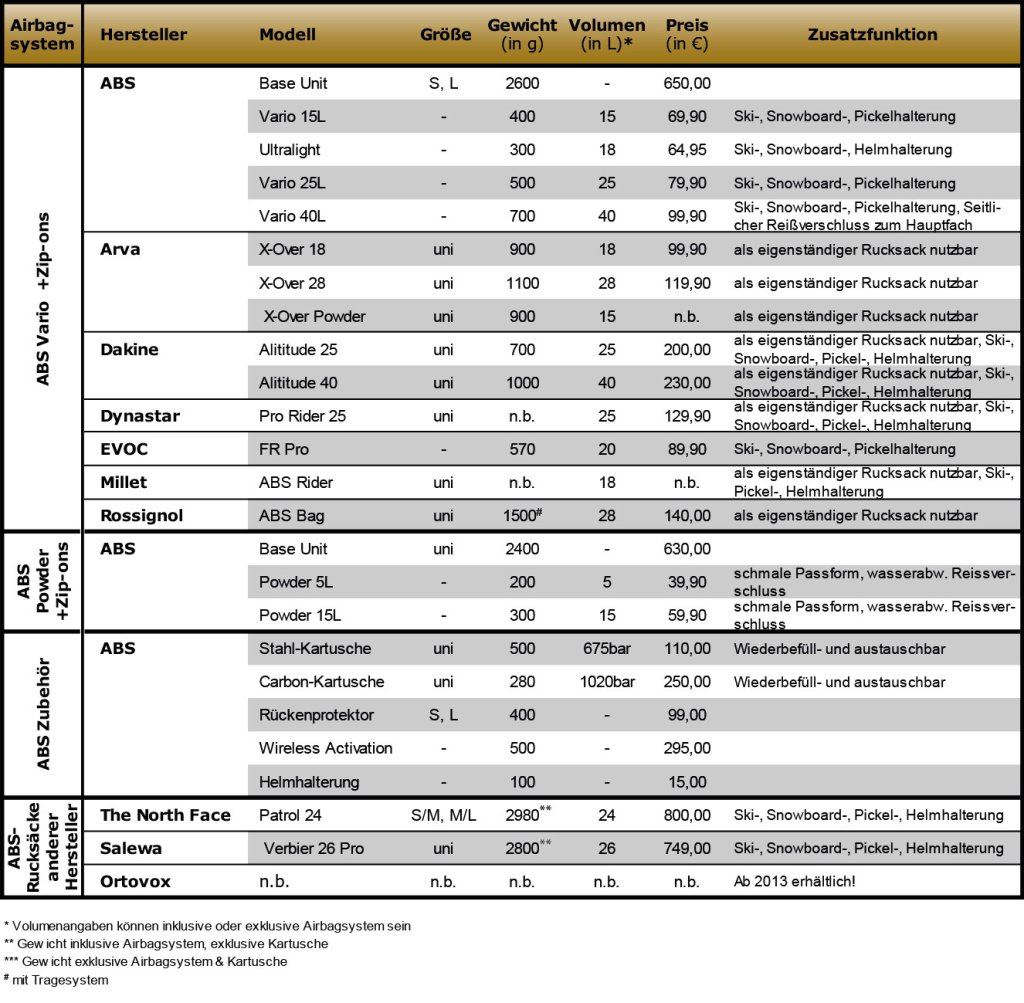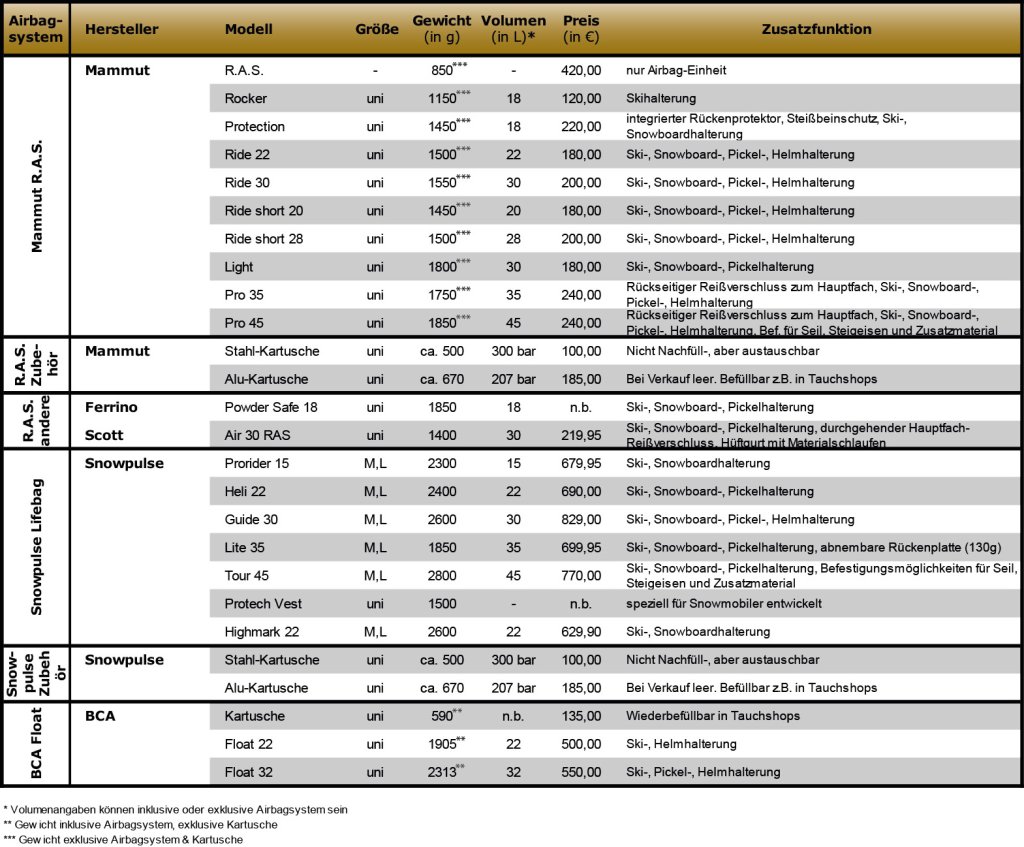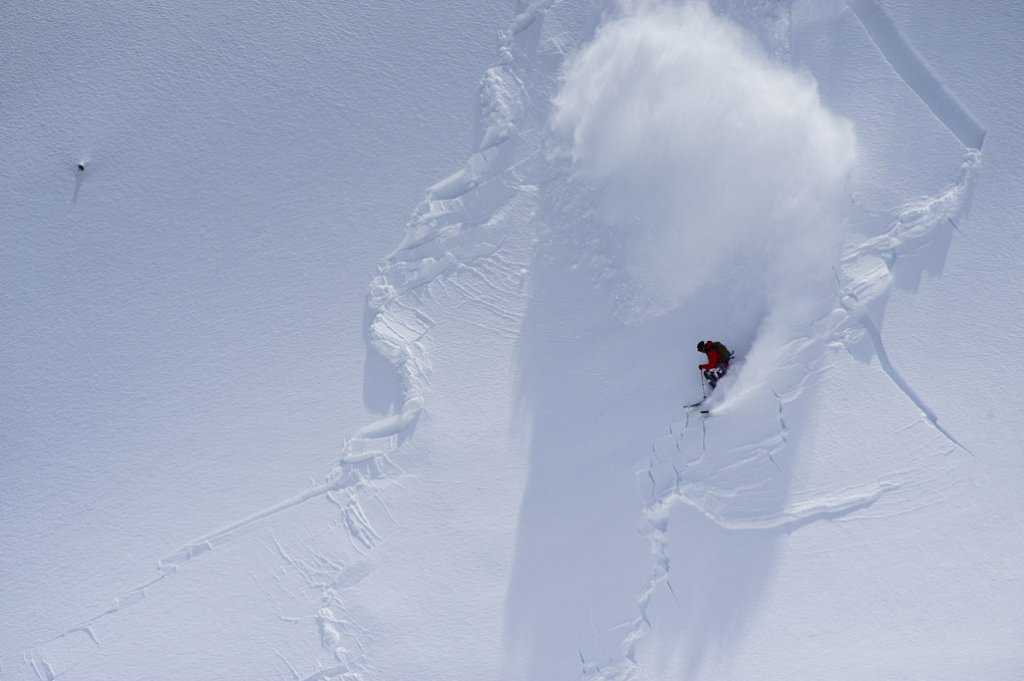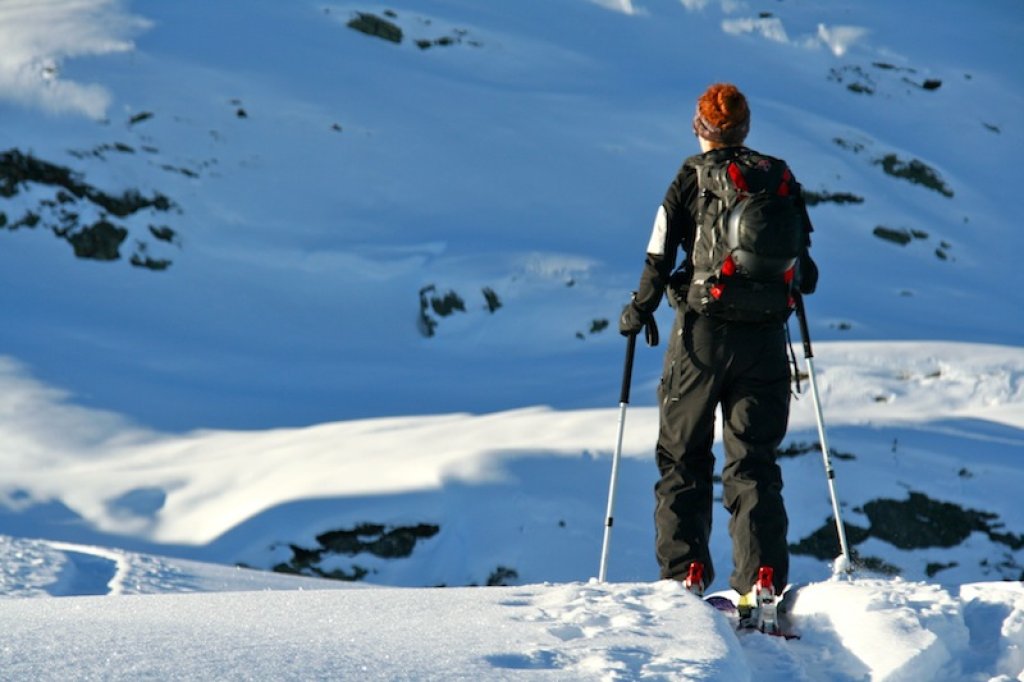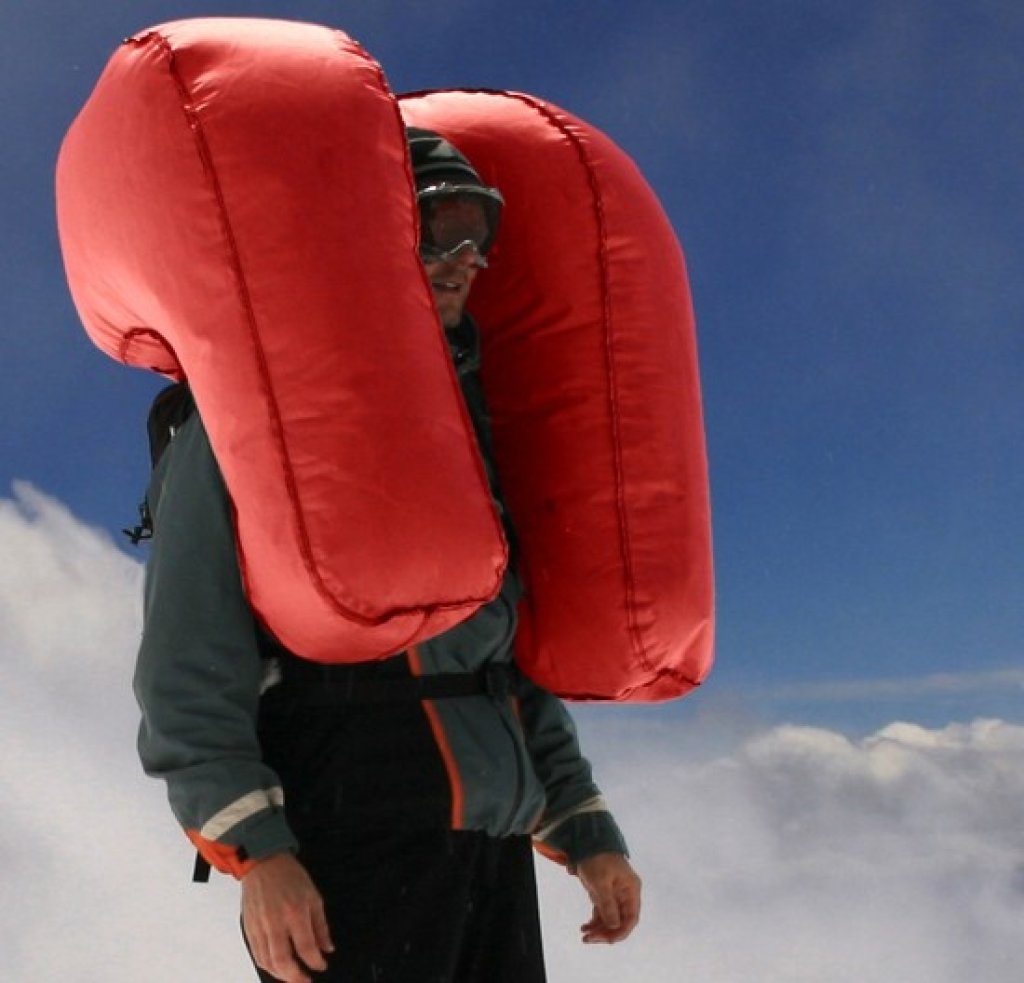For years, there was only ABS - for some years now, the market for avalanche backpacks has been on the move, with a welcome side effect for the user: quality and price are being driven up and down by the natural forces of the market economy! However, this also means that the market is becoming more confusing and buyers want to be better informed before buying. We have taken the trouble to search for all current avalanche backpacks to give you an overview of the models currently available. In the future, we will try to update this market overview annually and hope to be able to help you make a difficult decision.
Avalanche backpacks as an additional safety margin
An article about avalanche backpacks should not be written without the following note, however: Avalanche backpacks can certainly help save lives and absolutely have their place as additional safety equipment! But an avalanche airbag cannot prevent an avalanche or rescue a fellow avalanche victim! That's why the top priority for avoiding avalanche accidents is prevention using modern avalanche awareness methods and regular practice in rescuing comrades. And if you've been paying attention, you'll figure it out right away: Only if a recognized risk strategy is applied and the usual basic avalanche equipment (avalanche transceiver, shovel, probe) is also on board can you think about the additional safety equipment of an avalanche backpack.
